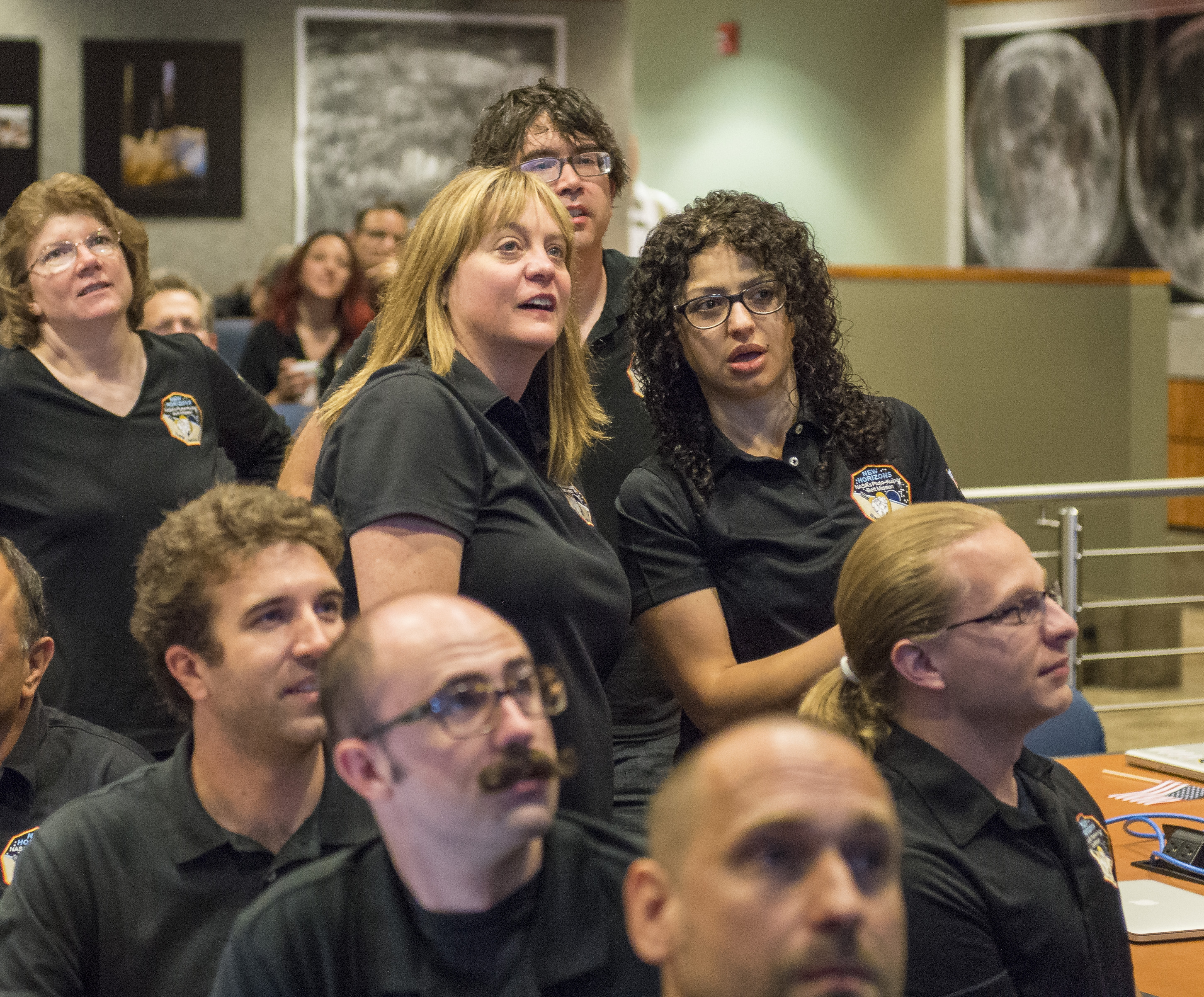It wasn’t an accident that NASA gave Facebook-owned Instagram a head start for the image of Pluto, obtained this morning by the New Horizons spacecraft.
“We made an editorial decision to give the world a sneak peek of the image on Instagram,” NASA social media manager John Yembrick wrote in an email to WIRED. “We feel it’s important to engage new audiences.”
Because the old audience — that’s you, Baby Boomers — didn’t do much for science, at least compared to previous generations.
In the nine years that New Horizons has been steaming across the solar system, the aging International Space Station has been going around in circles, rotating astronauts who who post pictures on Twitter of their hometowns. Nice, but that’s not really exploration. It’s not “out there”, as Captain Kirk once directed.
I don’t know what this morning’s picture is going to tell us; it seems a little dull to moi.
But it’s something our species hasn’t seen before. And that’s pretty exciting: We still do stuff we haven’t done before.
GIF: What used to be our best image of Pluto, and what we know have… (via: http://t.co/oqdjliWh4t) #PlutoFlyby pic.twitter.com/nq2BGkGyG6
— WBUR (@WBUR) July 14, 2015
Will it make a difference in the big scheme of things?
Here’s the picture that reveals more — at least to me — than the picture of Pluto itself.

Excitement. Interest. Anticipation. Wonder. Young people. Women. People of color.
The new faces of scientific discovery.
“We are designed to be explorers,” my friend and Minnesota native Paul Dye told me years ago. He was the last of the flight directors of the space shuttle program, and has since left NASA and retired.
“We will, I’m quite confident unless we destroy ourselves as a species, move out into the solar system and beyond that,” he said. “But it takes baby steps learning how to do it.”
Make it so, kids.

